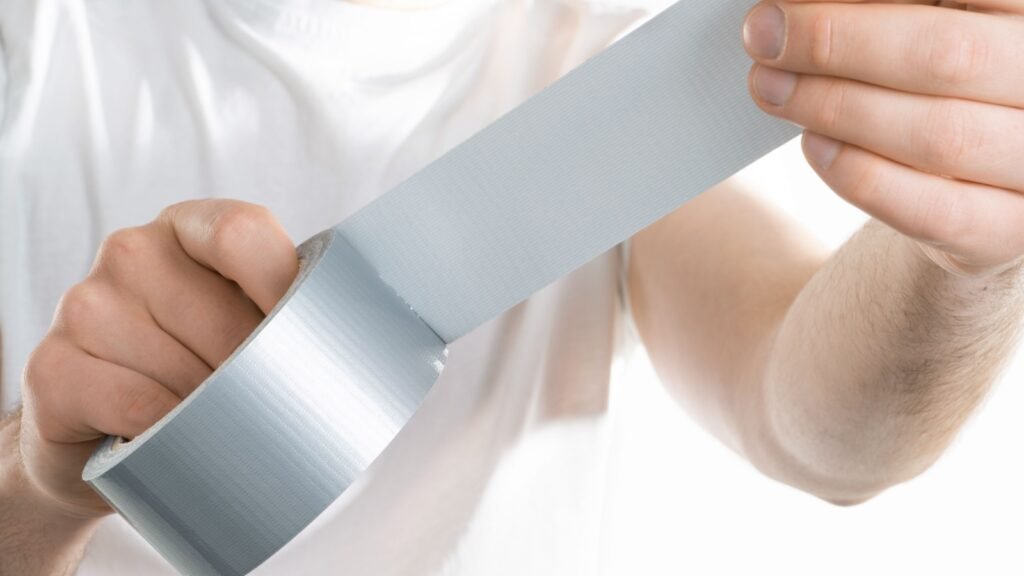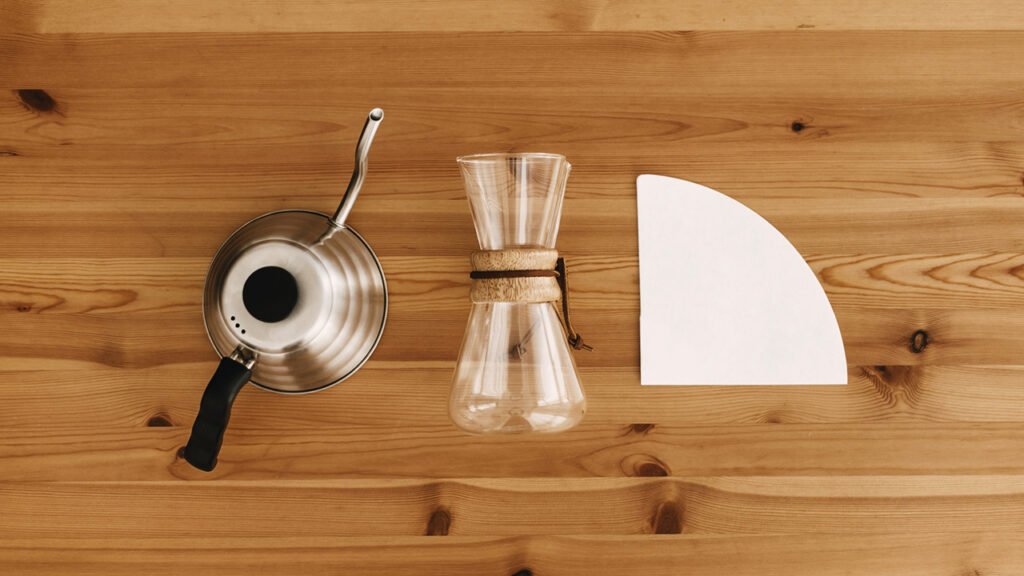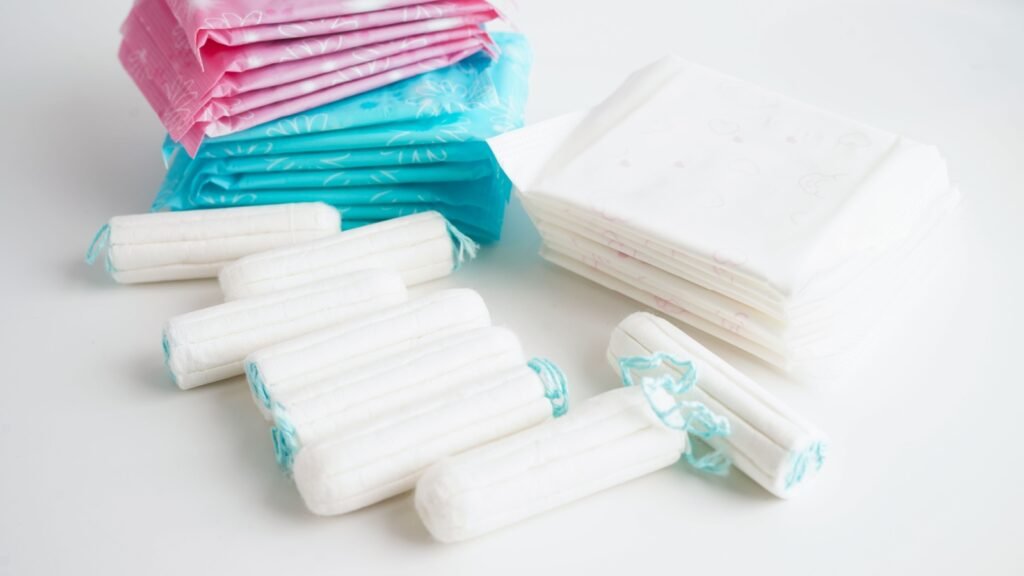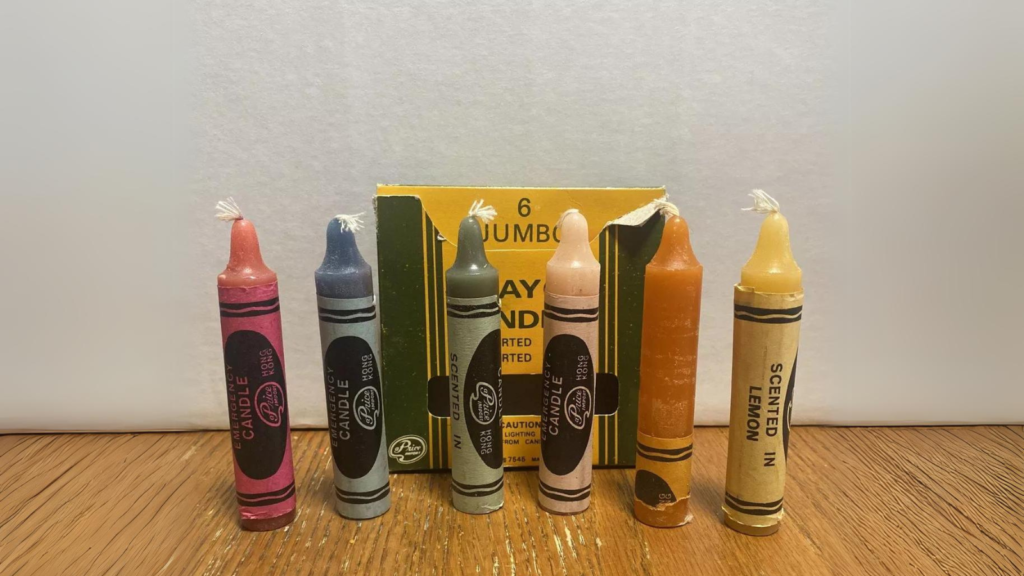When it comes to survival, having the right tools can make all the difference, but what if you’re caught in an emergency with only what’s around your house? The good news is, many common household items can serve surprising purposes when you’re in a pinch. From crafting makeshift tools to creating emergency supplies, the everyday items we often overlook can suddenly become life-saving essentials.
As a prepper, I know the value of being resourceful, and today I’m sharing some clever ways to turn ordinary objects into powerful survival tools. Whether you’re planning ahead or facing an unexpected challenge, these simple tricks could save your life.
1. Duct Tape for Shelter and Wounds

Duct tape is a survival staple. Its strength and versatility make it perfect for creating emergency shelters, like patching holes in tents or tarps. It can also be used to close wounds in a crisis when you don’t have a first-aid kit on hand, acting as a temporary bandage. Duct tape can even make repairs to broken tools or gear, so it’s a must-have in any survival kit.
2. Coffee Filters for Water Filtration

While coffee filters may seem basic, they’re a fantastic tool for pre-filtering water. If you’re ever in a situation where you need to purify water, running it through a coffee filter first will help remove large debris, leaves, and dirt. It won’t make the water safe to drink alone, but it’s a helpful first step before using a purification system like boiling or chemical tablets.
3. Aluminum Foil as a Signal Mirror

Aluminum foil has a surprising use in survival: it can be fashioned into a reflective signal to attract rescuers. Smooth out a large piece and use it to reflect sunlight, signaling your location to planes or distant people. It can also be used to cook over an open flame or to create an emergency windbreak when wrapped around small objects.
4. Garbage Bags for Rain Gear and Insulation

Heavy-duty garbage bags are a survival multitool. You can wear one as an emergency poncho to stay dry in a storm or use it to waterproof your gear. If you’re caught without a sleeping bag, garbage bags can also provide insulation—stuff them with leaves or clothing for added warmth in cold weather.
5. Tampons as Fire Starters

Tampons are highly absorbent and made from cotton, which means they can serve as excellent fire starters in a survival scenario. Simply pull apart the cotton, fluff it up, and use it with a spark from a fire starter or a lighter. Tampons are also small and lightweight, so they’re easy to carry in any emergency kit.
6. Crayons as Candles

If you find yourself in the dark and out of candles, crayons can be a surprising alternative. Since crayons are made of wax, they’ll burn like a candle in an emergency. Just light the tip, and a single crayon can give you about 30 minutes of light. They won’t replace a real candle, but they’re better than total darkness.
7. Baking Soda for Hygiene and Fire Control

Baking soda is incredibly useful for more than just baking. In a survival situation, it can help with hygiene by acting as a deodorant, toothpaste, or even as an emergency soap. It’s also great for putting out small fires, as it smothers flames by cutting off oxygen. Keep some in your pack for versatility.
8. Pantyhose as a Fishing Net

Pantyhose are surprisingly strong and can be used in several ways during an emergency. One of the best uses is as a makeshift fishing net. You can stretch the material across a stream or create a trap to catch small fish or other aquatic creatures. You can also use pantyhose to strain water or as cordage in a pinch.
9. Steel Wool and Batteries for Starting a Fire

If you have steel wool and a battery (especially a 9-volt), you can start a fire by rubbing the battery terminals against the wool. The steel wool ignites when it contacts the current from the battery, making it a quick and easy fire-starting method if you don’t have matches or a lighter on hand.
10. Hand Sanitizer for Fuel

Most hand sanitizers contain a high percentage of alcohol, making them an excellent fire starter. If you’re in need of kindling or fuel, squirt some hand sanitizer onto your tinder and light it up. It burns cleanly and is highly flammable, giving you an edge in lighting a fire in damp conditions.
11. Paper Clips as a Makeshift Fishhook

If you’re ever without proper fishing gear, a paper clip can come to the rescue. By bending it into a hook shape, you can create a functional fishing hook. It’s not ideal for large fish, but it’ll do in a pinch if you need to catch something small to survive.
12. Chapstick as a Candle Extender

Chapstick can extend the burn time of a candle. Simply smear a little chapstick on the wick to make the candle burn longer and more consistently. In colder environments, chapstick can also prevent frostbite by keeping your lips and skin from cracking.
13. Plastic Bottles for Water Storage and Cooking

Plastic bottles are invaluable in a survival situation. They can be used to store water, of course, but you can also boil water in them over a fire. Fill a plastic bottle about three-quarters full, and place it near the heat source, not directly in the flames, to purify water without melting the bottle.
14. Hair Ties as Improvised Cordage

Hair ties may seem like a small convenience, but in a survival situation, they can be used as makeshift cordage. Whether you need to tie up a bundle of sticks, secure gear, or repair a broken strap, hair ties provide a flexible and strong solution. You can also use them to organize cables or even craft a slingshot.
15. Soda Cans for Cutting and Cooking

An empty soda can has a lot of potential in an emergency. You can cut the aluminum into sharp tools or blades using scissors or a knife, giving you a basic cutting tool when you don’t have a knife. The can also functions as a simple cooking container; just cut off the top and use it to boil water or heat small amounts of food over a fire.

